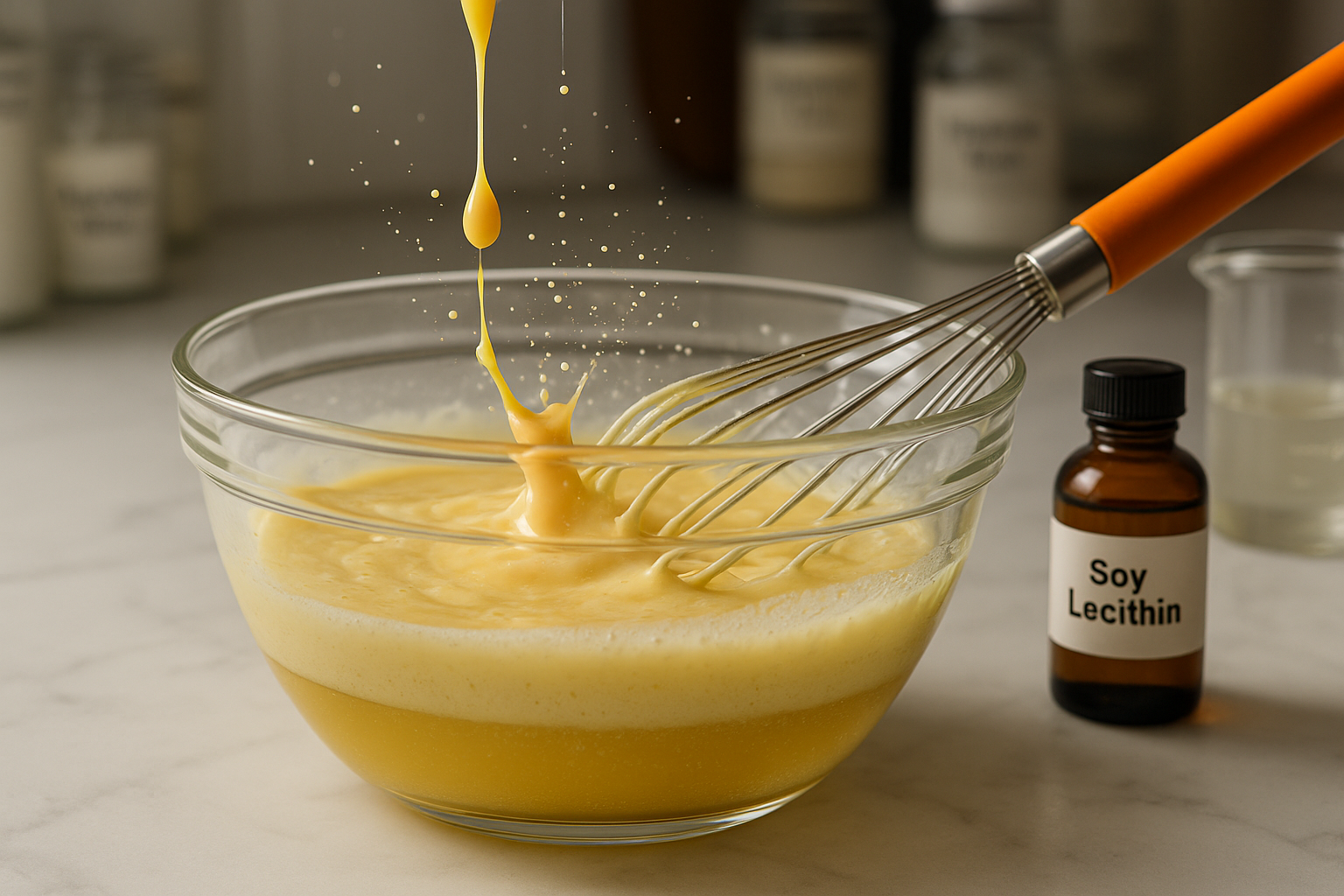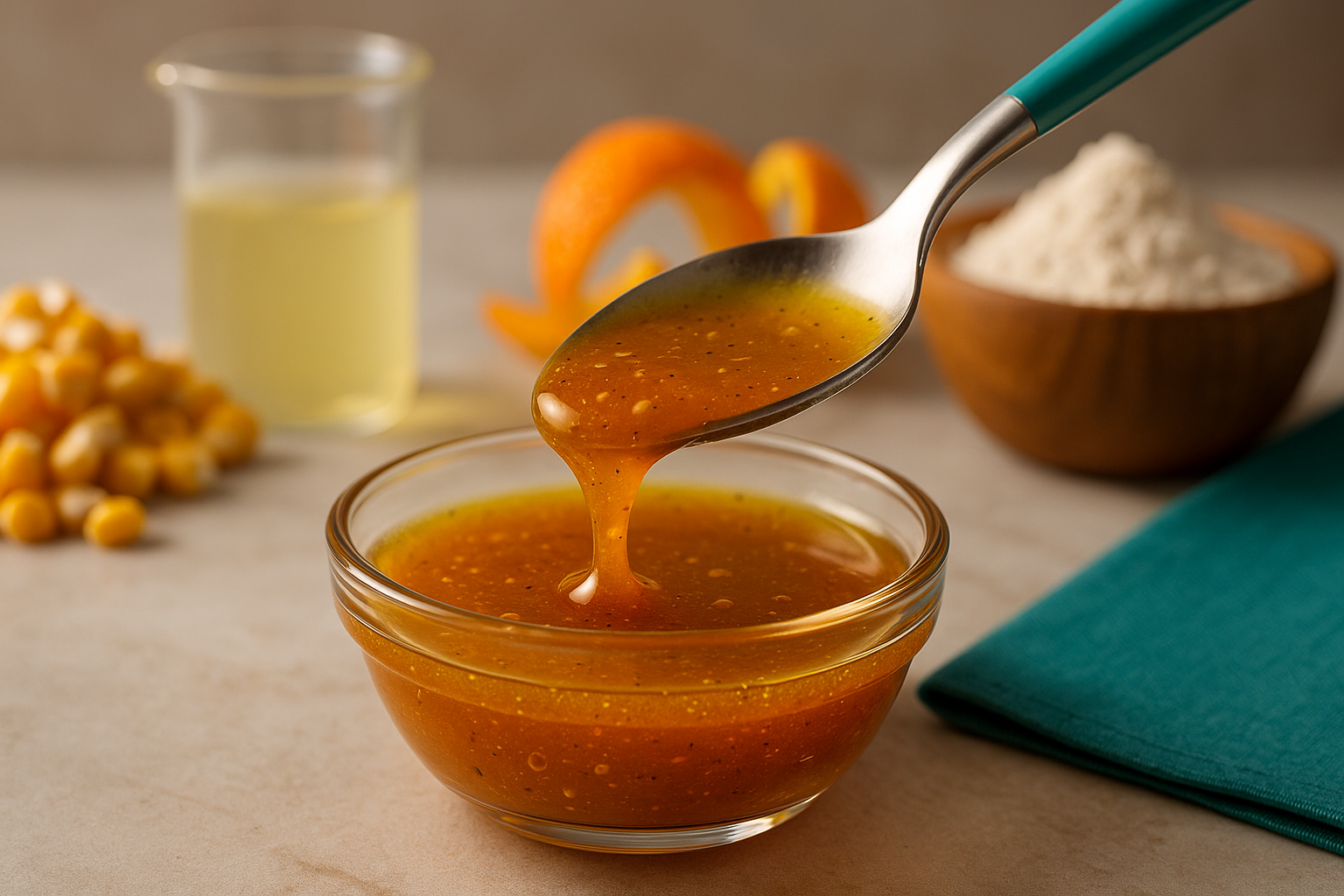
Carrageenan: The Secret Ingredient for Perfect Gels & Creamy Textures!
SUBSCRIBE TO OUR BLOG
Promotions, new products, and recipes.
Imagine transforming a simple liquid into a firm, sliceable gel—what's the secret ingredient? Enter carrageenan, a powerful hydrocolloid derived from red seaweed, celebrated for its robust gelling abilities and versatility in various culinary applications. In this article, we'll explore the unique properties of carrageenan, its interactions with different substances, and practical tips for incorporating it into your recipes. Whether you're a food scientist or a home cook eager to experiment, understanding kappa carrageenan can elevate your culinary creations to new heights.
Carrageenan: The Seaweed-derived Powerhouse in Modern Gastronomy
Carrageenan, one of the primary forms of carrageenan, is a sulfated polysaccharide extracted from certain species of red seaweeds. Its unique gelling and stabilizing properties have made it an invaluable ingredient in the food industry. But what lies behind the science of this intriguing hydrocolloid, and how has it shaped culinary and industrial applications?
Historical Backdrop
The use of carrageenans, including Carrageenan, can be traced back centuries, particularly in coastal regions of Ireland and Scotland, where it was traditionally used to make puddings and broths1.
The Science Behind Carrageenan
Carrageenan is composed of alternating units of D-galactose and 3,6-anhydro-D-galactose2. Its strong gelling properties, especially in the presence of potassium ions, are attributed to its sulfate content and the ability to form helical structures3.
Extraction and Refinement
Carrageenan is primarily extracted from red seaweed species like Kappaphycus alvarezii4. The seaweeds undergo a hot water extraction process, followed by purification, evaporation, and finally, drying to yield the final carrageenan product5.
A Versatile Ingredient
Kappa Carrageenan's multifunctionality is evident in its diverse applications:
-
Culinary Uses: Renowned for its strong, brittle gels, it's used in desserts, dairy products, and sauces6.
-
Pharmaceuticals: Leveraged for its stabilizing and gelling properties in drug delivery systems7.
-
Cosmetics: Incorporated in products like toothpaste and lotions for its thickening and stabilizing attributes8.
How is Carrageenan Used in Food Recipes?
Carrageenan is a popular hydrocolloid known for its strong gelling properties, especially when combined with potassium ions. It's used in various culinary applications to create firm, brittle gels. Here's a general guideline on how Carrageenan is used in different recipes:
-
Gel-based Desserts (like Panna Cotta or Jellies):
- Proportion: 0.5% to 1.5% of the total weight.
- Purpose: Provides a firm and brittle gel texture.
-
Ice Cream and Frozen Desserts:
- Proportion: 0.1% to 0.3% of the total weight.
- Purpose: Prevents ice crystal formation and improves texture.
-
Dairy Products (like Cheese or Flan):
- Proportion: 0.2% to 1% of the total weight.
- Purpose: Helps in coagulation and provides a smooth texture.
-
Sauces and Gravies:
- Proportion: 0.1% to 0.5% of the total weight.
- Purpose: Acts as a thickener and stabilizer, ensuring a smooth consistency.
-
Glazes and Coatings:
- Proportion: 0.5% to 1.5% of the total weight.
- Purpose: Provides a shiny, firm coating that sets quickly.
-
Vegan and Vegetarian Gelatin Alternatives:
- Proportion: 0.5% to 1.5% of the total weight.
- Purpose: Creates a gel-like consistency without using animal-derived gelatin.
-
Beverages (like Hot Chocolate or Milkshakes):
- Proportion: 0.1% to 0.3% of the total weight.
- Purpose: Provides a thicker, creamier mouthfeel.
-
Molecular Gastronomy (like Spherification):
- Proportion: Varies based on the specific technique, but typically around 0.5% to 2%.
- Purpose: Used in techniques like cold oil spherification to create gel spheres.
It's important to note that Kappa Carrageenan requires heating to dissolve properly and sets upon cooling. The exact proportions can vary based on the specific recipe, other ingredients used, and the desired final product's texture and consistency. Kappa Carrageenan often works synergistically with other ingredients, like Locust Bean Gum, to modify gel strength and texture. Always refer to the specific recipe or manufacturer's guidelines when using Kappa Carrageenan in culinary applications.
Global Production and Leading Entities
The global demand for carrageenans, including Carrageenan, has surged over the years. Countries like the Philippines, Indonesia, and Tanzania are major producers9. Companies such as CP Kelco, FMC Corporation, and Cargill are at the forefront of the carrageenan industry10.
Beyond Food and Pharmaceuticals
Kappa Carrageenan's potential isn't just limited to food and pharmaceuticals. Research is delving into its applications in biotechnology, especially in areas like tissue engineering and cell encapsulation11.
Conclusion
Kappa Carrageenan stands as a testament to the wonders of marine-derived substances. Its journey from coastal kitchens to global industries underscores its versatility and unparalleled functionality. As research continues to unveil its potential, Kappa Carrageenan's role across various sectors promises to be even more influential.
For further reading: Lambda Carrageenan
References:
Footnotes
-
McHugh, D.J. "A guide to the seaweed industry." FAO Fisheries Technical Paper, 2003. ↩
-
Knutsen, S.H., et al. "A revised structure for Kappa-Carrageenan." Carbohydrate Research, 1994. ↩
-
Campo, V.L., et al. "Carrageenans: Biological properties, chemical modifications and structural analysis – A review." Carbohydrate Polymers, 2009. ↩
-
Bixler, H.J., & Porse, H. "A decade of change in the seaweed hydrocolloids industry." Journal of Applied Phycology, 2011. ↩
-
Necas, J., & Bartosikova, L. "Carrageenan: a review." Veterinarni Medicina, 2013. ↩
-
Armisen, R., & Galatas, F. "Production, properties and uses of carrageenan." Production and utilization of products from commercial seaweeds, 1987. ↩
-
Sriamornsak, P. ""Application of carrageenan in drug delivery systems." Expert Opinion on Drug Delivery, 2016. ↩
-
Thakur, B.R., et al. "Chemistry and uses of carrageenan – A review." Critical Reviews in Food Science and Nutrition, 1997. ↩
-
Bindu, M.S., & Levine, I.A. "The commercial red seaweed Kappaphycus alvarezii–an overview on farming and environment." Journal of Applied Phycology, 2011. ↩
-
FMC Corporation. "Carrageenan production and its uses." FMC Biopolymer, 2015. ↩
-
Rinaudo, M. "Main properties and current applications of some polysaccharides as biomaterials." Polymer International, 2008.

|
About the Author Ed is the founder of Cape Crystal Brands, editor of the Beginner’s Guide to Hydrocolloids, and a passionate advocate for making food science accessible to all. Discover premium ingredients, expert resources, and free formulation tools at capecrystalbrands.com/tools. — Ed |
Enjoyed this post? Subscribe to The Crystal Scoop
Food-science tips, ingredient know-how, and recipes. No spam—unsubscribe anytime.
- Choosing a selection results in a full page refresh.



